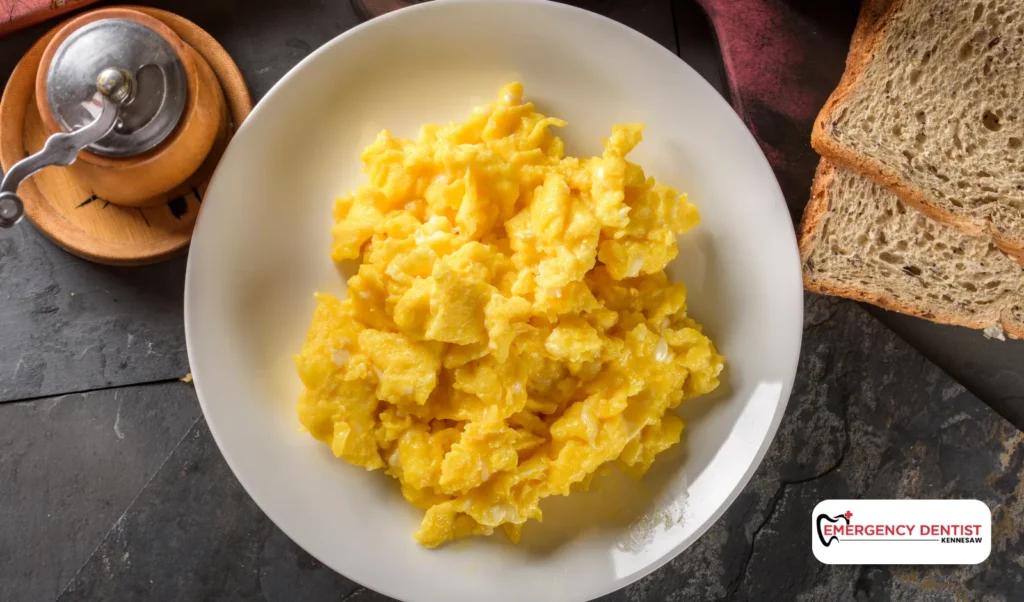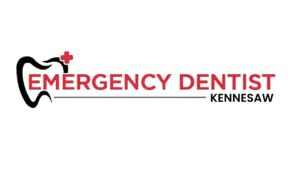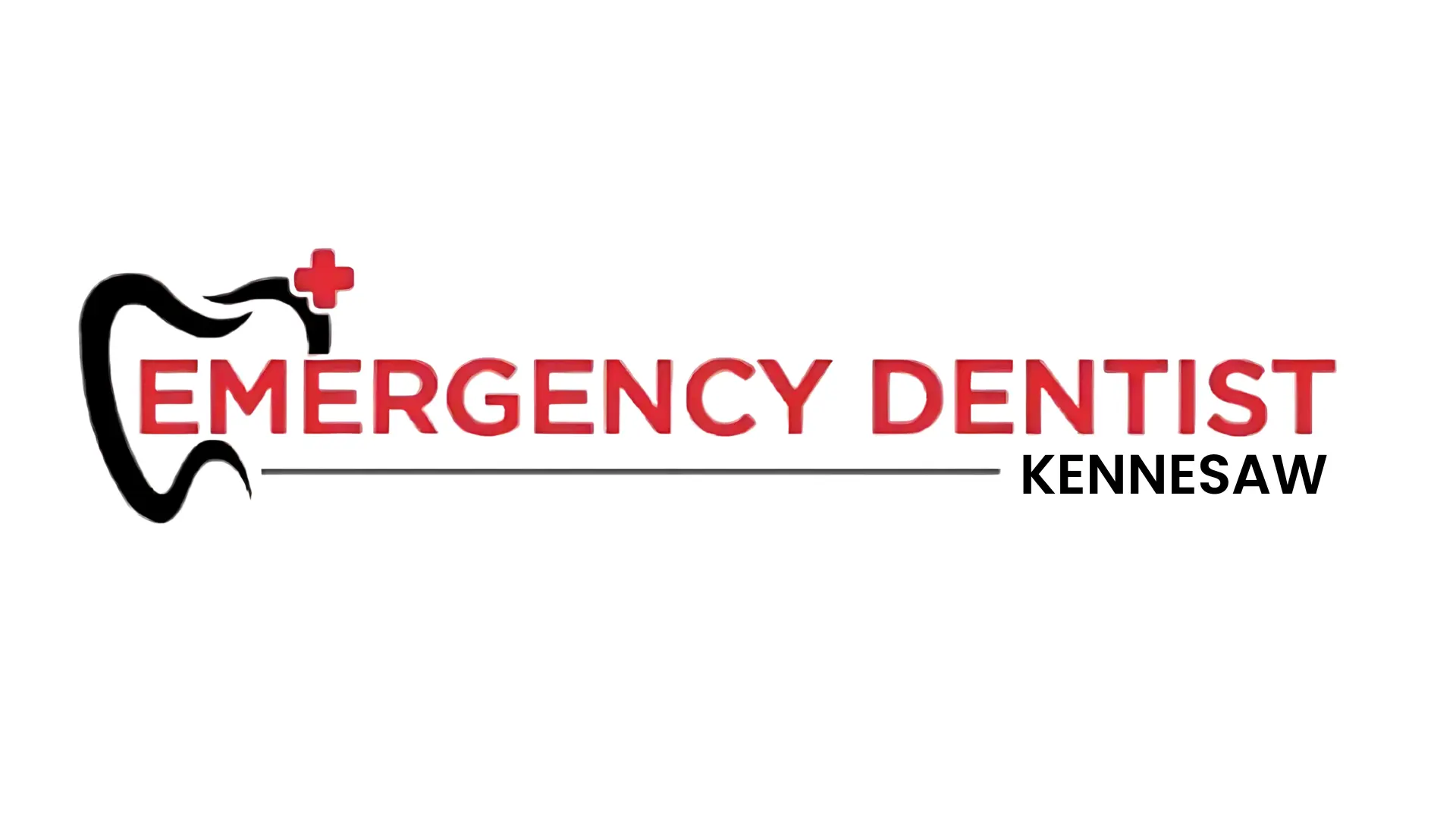Eating Right: Best Foods to Eat After Tooth Extraction

After a tooth extraction, one of the most common concerns patients have is: what to eat after tooth extraction? The meals you choose not only make eating easier but also play a big role in the healing process. An Emergency Dentist in Kennesaw often reminds patients that what you eat can either support recovery or irritate the extraction site, slowing healing.
Why Food Choices Matter After Tooth Extraction
Following any dental procedure such as an extraction, your body begins forming a protective blood clot at the site. This clot is essential for healing, preventing infection, and protecting the underlying bone and nerves. If disturbed, you could accidentally dislodge the blood clot, which may lead to painful complications like dry socket. Choosing the right foods to eat after tooth extraction gives your body the best chance to heal quickly and avoid issues during the recovery process.
Best Foods to Eat After Tooth Extraction

Patients often ask: what can I eat after tooth extraction? or what can you eat after tooth extraction? The safest choices are soft foods to eat after tooth extraction since they are gentle, easy to chew, and easy to eat. Some good options include:
- Mashed potatoes – Smooth, creamy, and filling, they won’t harm or irritate the extraction site.
- Scrambled eggs – A soft, protein-rich food to eat after tooth extraction that is simple to prepare and eat.
- Butternut squash – Cooked until tender, it provides nutrients that support the healing process.
- Ice cream – Cold and soothing, it helps with swelling and soreness, especially in the first 24 hours.
Other safe things to eat after tooth extraction include yogurt, smoothies, applesauce, pudding, and oatmeal as the site heals. All of these are gentle to eat after a tooth has been removed and provide energy without strain.
Foods to Avoid After Extraction

Knowing what not to eat is just as important as knowing the best food to eat after tooth extraction. Certain foods can interfere with blood clotting, cause irritation, or slow recovery:
- Spicy foods – Can burn or sting in the sensitive area.
- Hot foods – May dissolve or dislodge the blood clot too soon.
- Acidic foods – Citrus fruits, juices, and tomatoes can sting and delay healing.
In addition, crunchy, chewy, or hard foods should be avoided for several days after oral surgery, as they may place too much pressure on the socket and increase the chance of disturbing the clot.
Tips for the First 24 Hours
In the first 24 hours post tooth extraction, stick with cold or room-temperature meals. Avoid straws, since suction may dislodge the blood clot. The safest foods to eat after tooth extraction during this time include smoothies, yogurt, pudding, and ice cream. As healing improves, you can begin adding easy-to-eat and easy-to-chew meals like scrambled eggs and mashed potatoes.
Recovery Process and Professional Care
The recovery process will vary based on how many teeth extracted, the complexity of the oral surgery, and your overall health. Always follow the directions given by your oral surgeon, since these instructions are meant to protect the clot and support healing. If you notice severe pain, ongoing bleeding, or possible infection, contact an Emergency Dentist in Kennesaw right away. Prompt treatment ensures your recovery continues smoothly.
Conclusion
If you’ve been wondering what to eat after extracting the tooth or what can I eat after tooth extraction, the answer is clear, stick with soft foods to eat after tooth extraction such as mashed potatoes, scrambled eggs, butternut squash, and ice cream. Avoid spicy foods, hot foods, and acidic foods, which can irritate the extraction site or delay healing.
By choosing the right foods to eat after tooth extraction, you protect the clot, reduce complications, and make recovery more comfortable. Always follow your oral surgeon’s guidance, and if concerns arise during the recovery process, reach out to an Emergency Dentist in Kennesaw for professional care.


